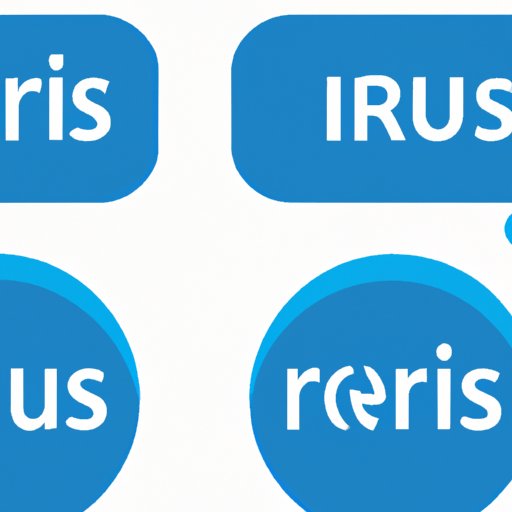Introduction
Uniform Resource Identifiers (URIs) are an essential part of the digital world, yet many people are unaware of what they are or what purpose they serve. In this article, we will provide an in-depth guide to understanding URIs and why they are important.
The Ultimate Guide to Understanding URIs: How They Work and Why They Matter
At its core, a URI is a string of characters that identifies a name or a resource on the internet. This can include websites, files, resources, and other digital objects.
The Different Types of URIs
There are two primary types of URIs, including URLs and URNs. URLs, or Uniform Resource Locators, are the most common type of URI, and they refer to a specific web address. URNs, or Uniform Resource Names, are reserved names for resources that may or may not have a physical location.
The Significance of URIs in the Digital World
URIs provide a standard way of identifying digital resources, which is particularly important for search engines. By using a universal system to identify resources, content can be easily located and accessed regardless of the type or location.
URIs Demystified: Clearing Up Confusion and Misconceptions
There are many misconceptions surrounding URIs that can lead to confusion. For example, URIs are often confused with URLs, which is understandable given the similarity in naming conventions. However, it is important to note that not all URIs are URLs.
Examples of URIs in Everyday Life
While many people may not realize it, URIs are used in everyday life. Some examples include ISBNs for books, serial numbers for products, and even phone numbers. Each of these identifiers serves to make easily identifiable digital resources.
A Deep Dive into URIs: Exploring their Anatomy and Functionality
To fully understand URIs, it is necessary to know the various components that make up a URI. This includes the scheme, authority, path, and query.
The Different Components of a URI
The scheme component of a URI describes the type of resource being identified. For example, http:// identifies the resource as a web page using the Hypertext Transfer Protocol (HTTP). The authority component identifies the server or location of the resource, while the path component describes the location of the resource on the server. Finally, the query component provides additional information about the resource, such as search terms.
Revealing the Importance of URIs in Today’s Digital Landscape
URIs are used extensively in web development and play a significant role in creating a seamless user experience.
The Role of URIs in Web Development
In web development, URIs allow for easy navigation between pages and resources. This is accomplished through the use of hyperlinks, which utilize URIs to link to different pages.
Examples of URIs in APIs and Other Web Technologies
URIs are also commonly used in APIs and other web technologies. For example, REST APIs often use URIs to identify resources and provide access to them.
URIs 101: An Introduction to the Basics of Uniform Resource Identifiers
In summary, URIs are a vital part of the digital world and serve to identify digital resources in an efficient and standardized way. By understanding URIs, individuals can make better use of digital resources and navigate the internet more effectively.
Additional Resources for Further Learning About URIs
For those looking to learn more about URIs, there are many resources available online. The W3C website provides extensive documentation on URIs, and there are many forums and communities dedicated to discussing their use.
Conclusion
In conclusion, URIs are an essential part of the digital landscape, and it is important for individuals to understand their use and importance. By doing so, individuals can better navigate the internet and take advantage of the many resources available online.
The Importance of Understanding URIs
Whether it’s in web development, search engines, or everyday life, URIs are an essential tool for identifying digital resources. By understanding the basics of URIs, individuals can take advantage of the many benefits they provide and communicate more effectively in the digital world.
